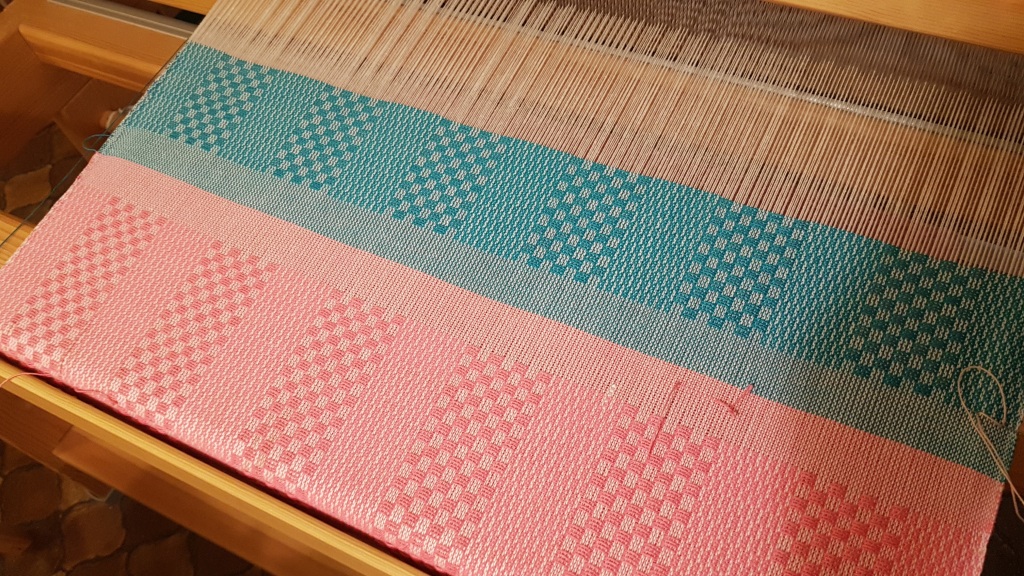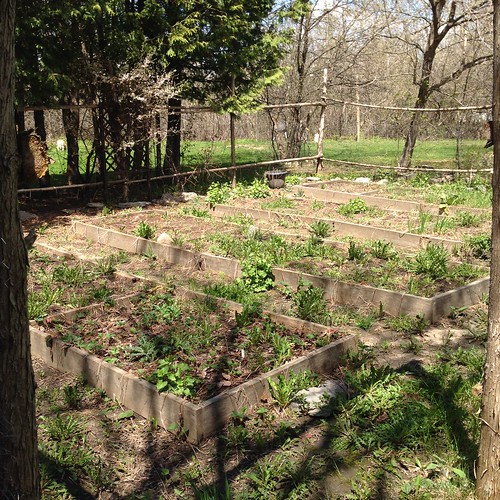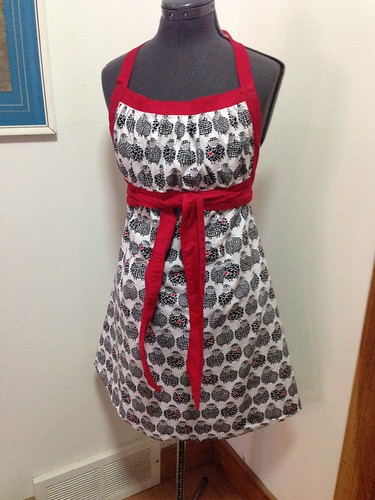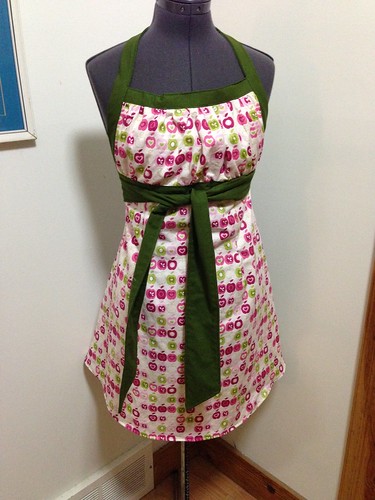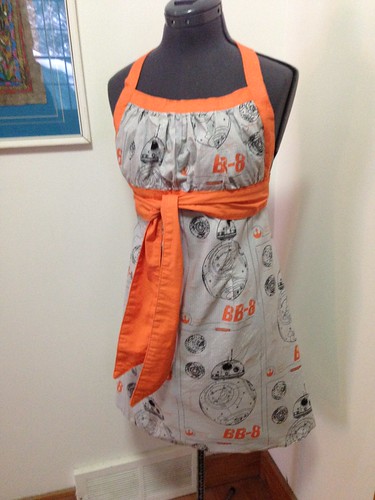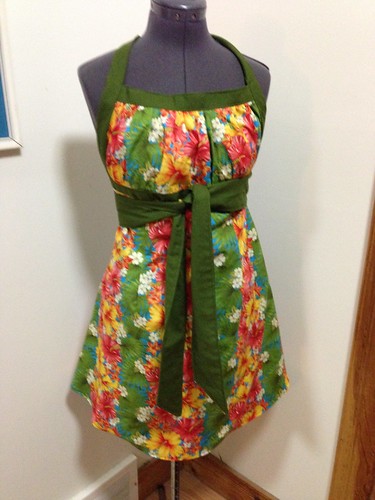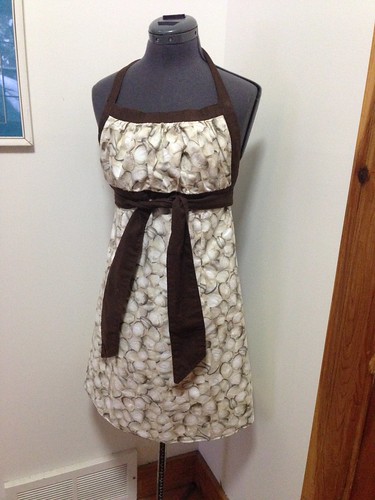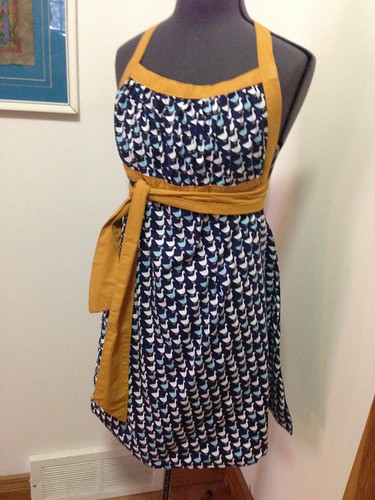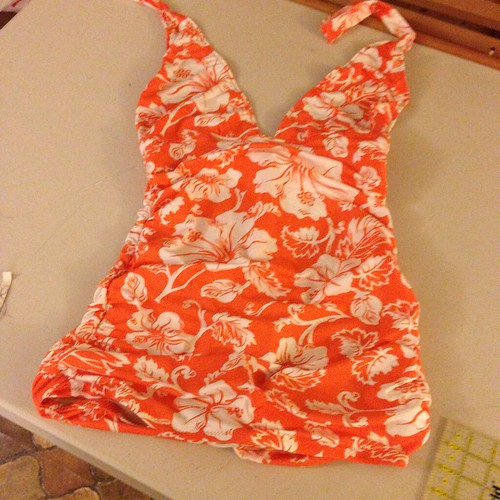Step 1 will be weaving some samples of the striped fabric. So, first, let’s talk about what we know about the original garment. All information taken from Dan Halvard Løvlid’s excellent thesis (which I would link to if I could still find an active one) [1].

The striped fabric used in the chest flap and collar is described by Lovold as a 2/1 twill with three different horizontal stripes; one brown-red/olive green (alternating every two threads, always beginning and ending with green), one golden, and one green. The wefts in the brown-red/green portion are thicker than the others, and the green weft in the purely green stripe is the finest. The warp is olive-green and on the finer side. The ppi of the gold and green stripes is considerably higher than the brown-red/olive green stipes (more than double) and these portions look to be entirely weft-faced. The variegated stripes is 2.7-3.8 cm in width, the gold stripe is 0.4-0.7 cm, and the green is 0.3 -0.5 cm. The back top of the collar is the selvedge, giving us more insight into the textile. The outermost three warp threads are tripled, and the fourth is doubled. Not all of the weft threads in the green/brown-red potion interact with the tripled threads. Lovold has provided a helpful diagram to show this, to which I have then appended my own notes in preparation for weaving. He does not discuss the selvedge of the gold and green stripes – but from the one close-up image I have, it appears that this is not the same for the gold and green stripes – but my best guess is they look almost as if it treats the three tripled warp threads as one warp.

As stated previously, I have some wool and some cottolin to experiment with (I know there’s no blue, but I wanted to see how it looked compared to the green). First up, the cottolin. The recommended epi for a balanced twill is 24. I’m going to start by warping up a 6″ width at 15 EPI to mimic this more weft-faced cloth, and then will adjust from there.

[1] D. H. Løvlid, “Nye tanker om Skjoldehamnfunnet,” thesis, 2009

